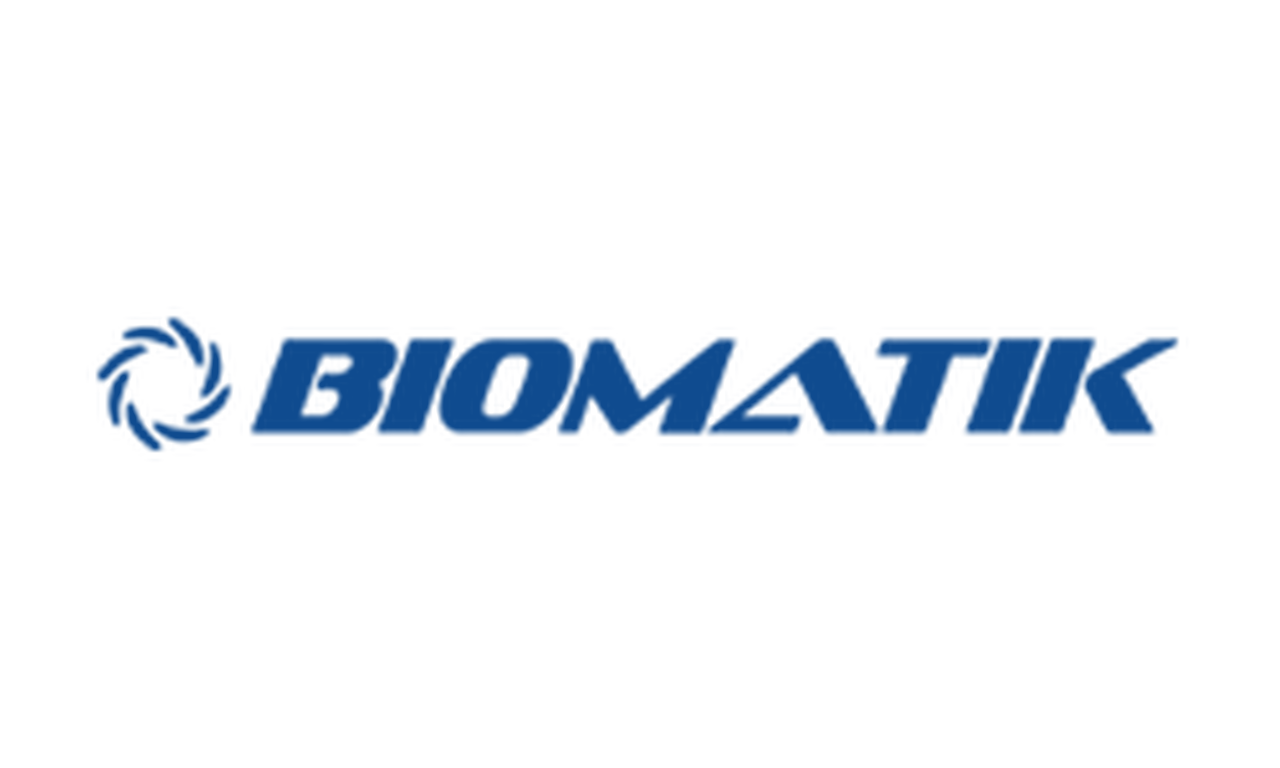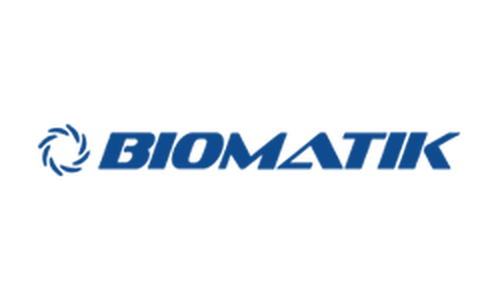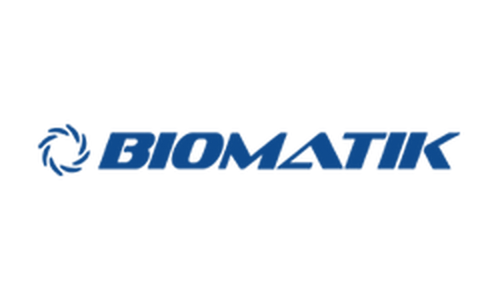Product Description
Recombinant Chicken Transforming growth factor beta-1 (TGFB1), partial is available at Gentaur for Next week Delivery.
Gene Name: TGFB1
Alternative Names :
Expression Region : 260-373aa
AA Sequence : DLDTDYCFGPGTDEKNCCVRPLYIDFRKDLQWKWIHEPKGYMANFCMGPCPYIWSADTQYTKVLALYNQHNPGASAAPCCVPQTLDPLPIIYYVGRNVRVEQLSNMVVRACKCS
Sequence Info : Partial
Tag Info : N-terminal 6xHis-SUMO-tagged
Theoretical MW : 29 kDa
Storage Buffer : Tris/PBS-based buffer, 5%-50% glycerol. If the delivery form is lyophilized powder, the buffer before lyophilization is Tris/PBS-based buffer, 6% Trehalose, pH 8.0.
Endotoxin Level : Not tested-
Biological Activity : Not tested
Storage : Short term: -20°C; Long term: -80°C. Minimize freeze and thaw cycles.
Research Area : Others
Restriction : For Research Use Only. Not for use in diagnostic procedures, drug use, or for administration to humans or animals.
Relevance : Multifunctional protein that control proliferation, differentiation, and other functions in many cell types. Many cells synthesize TGFB1 and essentially all of th have specific receptors for this protein. It regulates the actions of many other growth factors and determines a positive or negative direction of their effects. It plays an important role in bone rodeling. It is a potent stimulator of osteoblastic bone formation, causing chotaxis, proliferation and differentiation in committed osteoblasts .
Function : Multifunctional protein that control proliferation, differentiation, and other functions in many cell types. Many cells synthesize TGFB1 and essentially all of them have specific receptors for this protein. It regulates the actions of many other growth factors and determines a positive or negative direction of their effects. It plays an important role in bone remodeling. It is a potent stimulator of osteoblastic bone formation, causing chemotaxis, proliferation and differentiation in committed osteoblasts. Mediates SMAD2/3 activation by inducing its phosphorylation and subsequent translocation to the nucleus (By similarity).
Involvement in disease :
Subcellular location : Secreted
Protein Families : TGF-beta family
Tissue Specificity :
Paythway :
Uniprot ID : P09531
 Euro
Euro
 British Pound
British Pound
 US Dollar
US Dollar








